At Glowskinhub.com, we believe beauty isn’t just a look—it’s a feeling
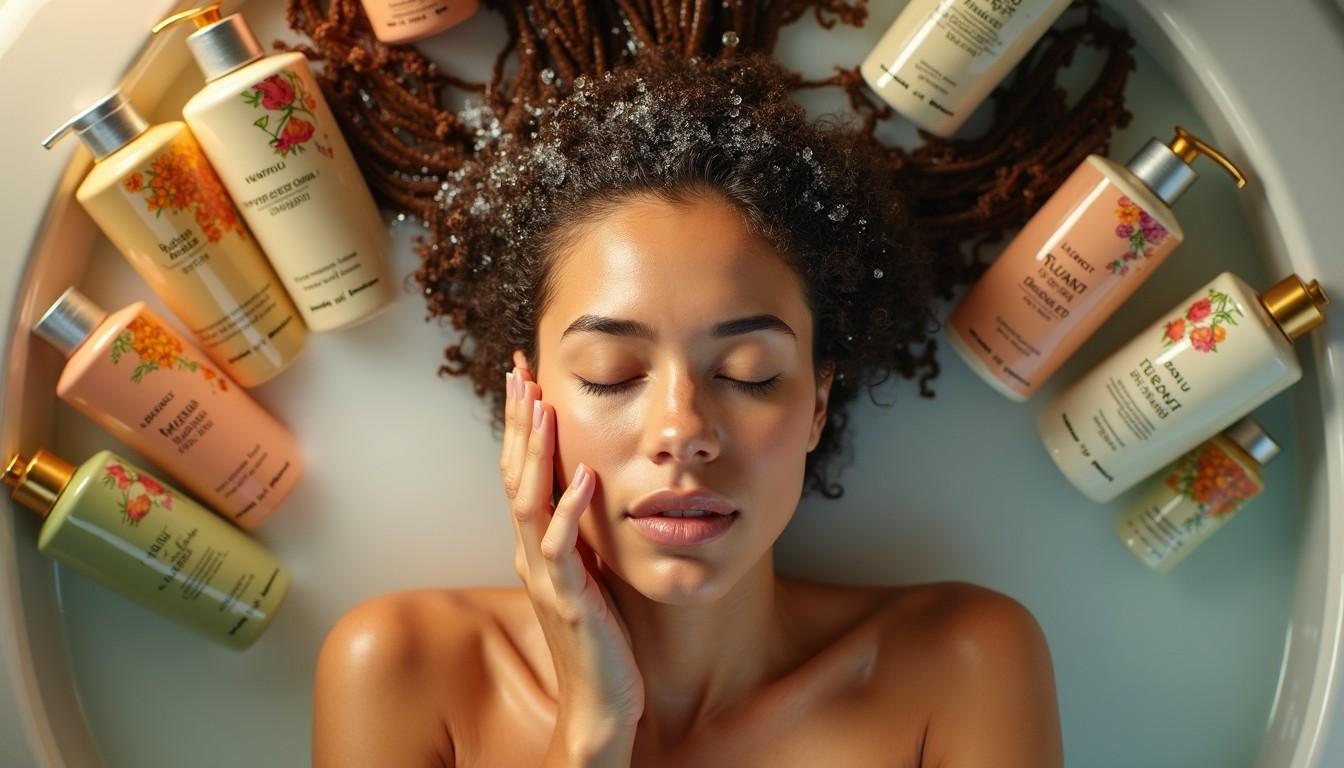
Scalp Skinification Rituals: Treat Your Scalp Like Skincare for Healthier Hair
1. Introduction: What is Scalp Skinification?

Scalp skinification is the growing trend of treating your scalp with the same care and layered rituals you would give to your face. Much like facial skincare, it involves a routine of cleansing, exfoliating, toning, and moisturizing—but tailored for your scalp. As TikTok and Instagram flood with #scalpcare routines, more people are realizing that a healthy scalp is the foundation of healthy hair.
This approach isn’t just about luxury or trends—it’s backed by science. Your scalp is Skin, after all, and it suffers from buildup, clogged follicles, dryness, or excess oil just like facial Skin. Neglecting it can lead to dandruff, hair thinning, and stunted hair growth.
Scalp skinification blends modern formulations with ancient techniques like oiling, massage, and herbal care. It’s about improving scalp circulation, reducing inflammation, and balancing the microbiome. Just like a great skincare routine boosts your glow, a scalp-focused ritual enhances shine, thickness, and growth from the root up.
2. Cleanse Like a Pro

Cleansing is the most fundamental part of any scalp skinification routine. Your scalp is exposed to pollutants, styling products, sweat, and oil every day. Without proper cleansing, these impurities build up, clogging hair follicles and creating a breeding ground for bacteria and dandruff.
The key is using a gentle, sulfate-free shampoo that won’t strip natural oils but still thoroughly removes buildup. If you have an oily scalp, look for clarifying shampoos with salicylic acid or tea tree oil. For dry, itchy scalps, opt for moisturizing formulas with aloe vera or oat extract.
A scalp brush can help distribute shampoo evenly and provide a light exfoliating massage to lift away dead Skin. Always rinse thoroughly with lukewarm (not hot!) water to prevent irritation.
Cleansing frequency matters too. Washing your scalp 2–3 times per week is ideal for most, but this can vary based on your hair type and lifestyle. The goal isn’t just to remove dirt, but to create the perfect base for the next steps in your scalp ritual.
3. Exfoliate, But Gently
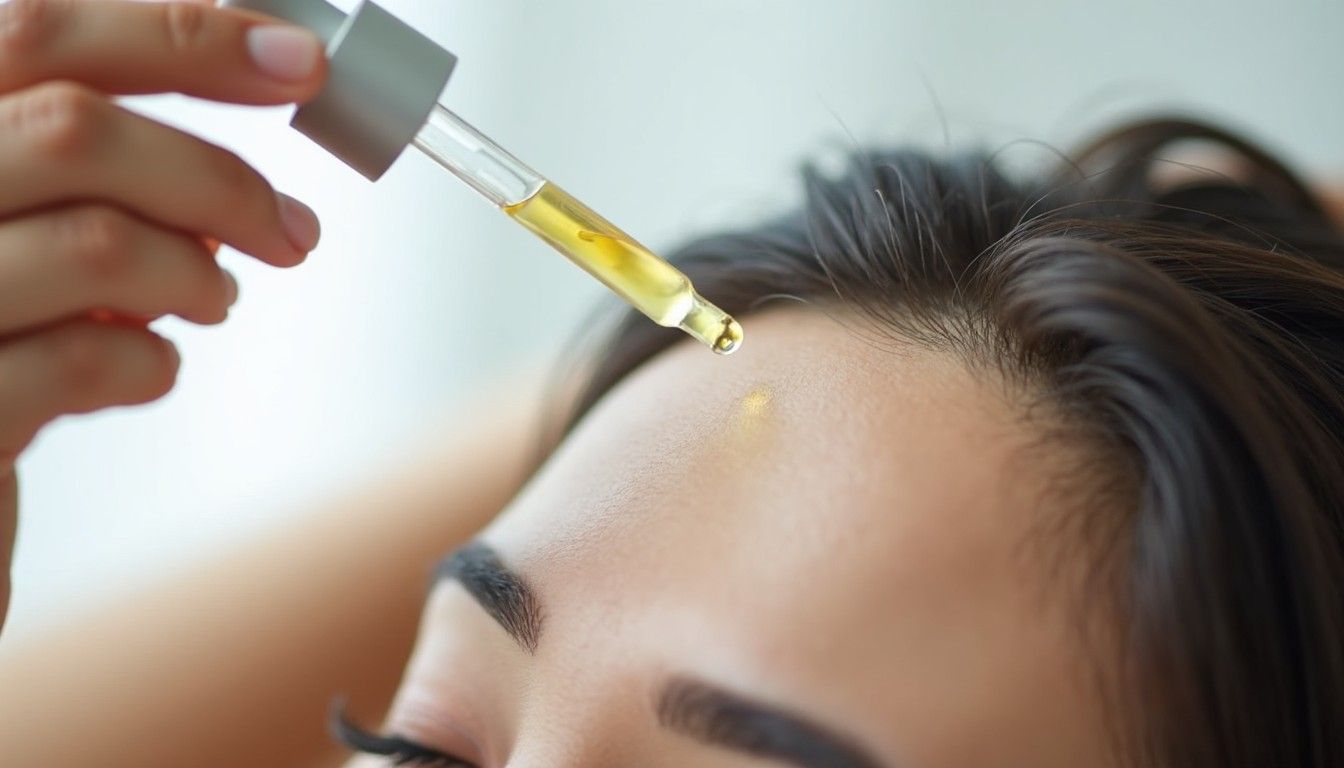
Just like your face, your scalp benefits from regular exfoliation. This step helps remove dead Skin cells, product residue, and sebum buildup that your shampoo might miss. Exfoliation encourages better circulation, unclogs follicles, and supports healthy hair growth.
There are two types of scalp exfoliators: physical and chemical. Physical exfoliators use tiny granules (like sugar or sea salt) to slough off debris manually. Chemical exfoliants, like those with AHAs (alpha hydroxy acids) or BHAs (beta hydroxy acids), dissolve buildup using gentle acids. Products with glycolic or salicylic acid are great for oily or flaky scalps.
The trick is not to overdo it—exfoliate once a week for most scalp types. Over-exfoliation can lead to inflammation and dryness, so always follow up with a soothing Serum or scalp oil.
Avoid DIY scrubs with harsh particles that can cause micro-tears. Instead, opt for professionally formulated exfoliating scrubs or tonics made specifically for the scalp. Think of this as a deep cleanse that refreshes and resets your scalp—like a mini facial for your hair’s roots.
4. Use Scalp Toners and Serums
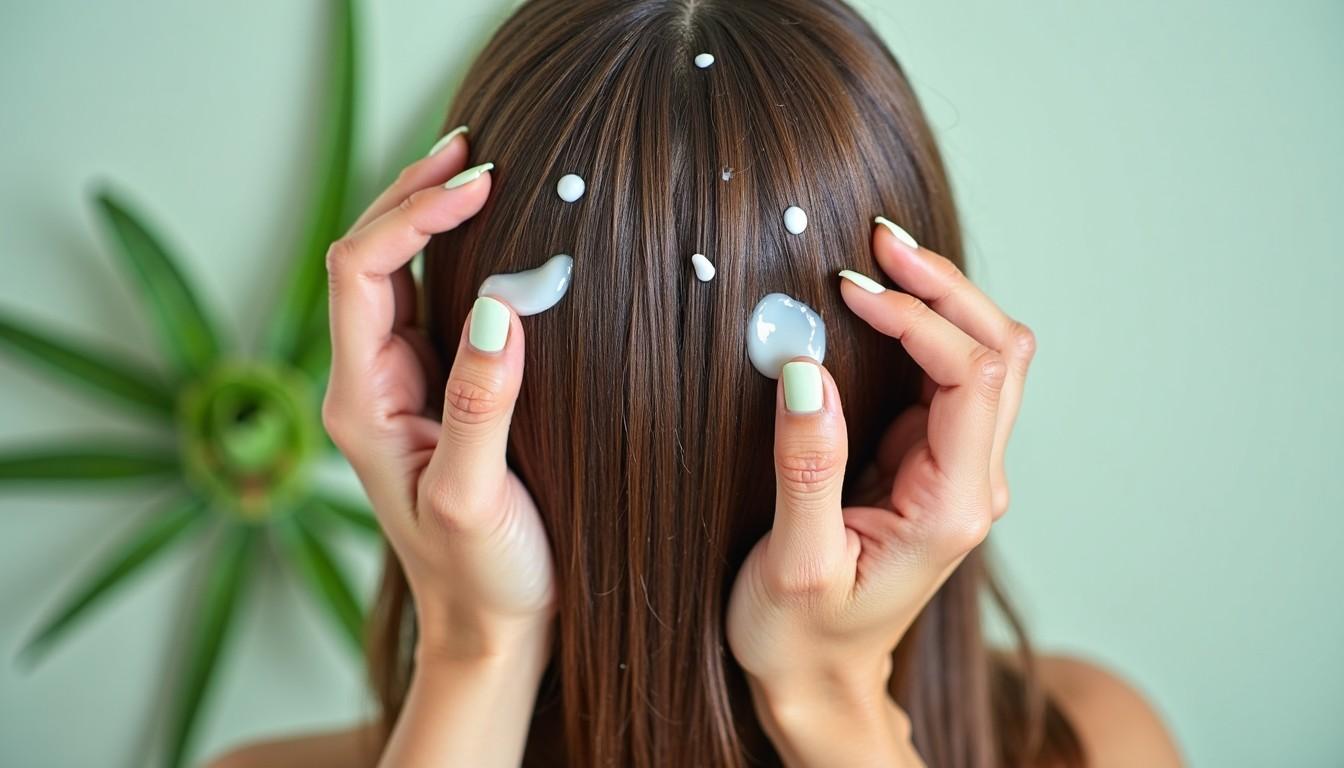
Toners and serums aren’t just for your face anymore—they’re powerful tools for rebalancing and nourishing your scalp. After cleansing and exfoliating, your scalp is primed to absorb active ingredients, making this the perfect time to apply treatment products.
Scalp toners typically come in mist or liquid form and help restore pH balance while refreshing the scalp. Many contain soothing ingredients like witch hazel, rose water, or chamomile to calm irritation and reduce oiliness.
Scalp serums are packed with targeted ingredients like niacinamide (to reduce oil), caffeine (to stimulate growth), or biotin and peptides (to strengthen roots). These formulas help support hair density, minimize hair fall, and boost overall scalp health.
Apply these treatments directly to the scalp—not the hair—and massage them in gently. Using a dropper or nozzle applicator helps you reach your roots without creating a mess. For best results, use these products on damp or towel-dried hair and allow them to absorb fully before styling.
Incorporating scalp toners and serums into your weekly routine helps build long-term resilience and shine from the roots, especially when used consistently.
5. Moisturize and Seal

Many people skip scalp moisturizing, thinking it’s only necessary for dry hair. But your scalp—just like facial Skin—needs hydration and balance, especially after cleansing or exfoliation. Moisturizing helps prevent dryness, itching, and flaking, while maintaining a healthy barrier.
Lightweight scalp oils like jojoba, argan, or grapeseed closely mimic the natural sebum your scalp produces. These oils nourish follicles, soothe inflammation, and lock in moisture. Water-based serums with hyaluronic acid or aloe vera are excellent for hydrating oily-prone scalps without clogging pores.
You don’t need to drench your scalp—apply a few drops, massage gently, and avoid greasy buildup. For extra dry or irritated scalps, you can also use overnight oil treatments once or twice a week. Always shampoo thoroughly the next morning to avoid residue.
For those with protective hairstyles or curls, leave-in scalp moisturizers can prevent tightness or flaking between washes. The goal is to maintain a healthy moisture barrier that supports hair growth and comfort, especially during seasonal changes or after chemical treatments.
6. Massage: The Secret Growth Booster

One of the most overlooked—but powerful—steps in scalp skinification is massage. Massaging your scalp not only feels amazing, but it also stimulates blood circulation to the follicles, which is essential for hair growth. Increased blood flow delivers oxygen and nutrients to the roots, helping hair grow thicker and stronger over time.
You can use your fingertips or a silicone scalp massager for this. The key is to apply gentle pressure in small circular motions, starting from the front of your hairline and moving toward the crown. Just 5–10 minutes of daily massage can yield noticeable improvements in scalp health and hair density over a few months.
Want to level it up? Combine massage with nourishing oils like rosemary (which boosts circulation), peppermint (which gives a refreshing tingle), or lavender (for its calming properties). Warm the oil slightly before applying to help it absorb better.
Aside from physical benefits, scalp massage can also reduce stress—a major contributor to hair thinning and shedding. By incorporating this into your nighttime or wind-down ritual, you’re supporting both emotional wellness and hair health.
Consistency is key. Make massage a mindful moment in your day, and your scalp (and strands) will thank you.
7. Weekly Scalp Detox
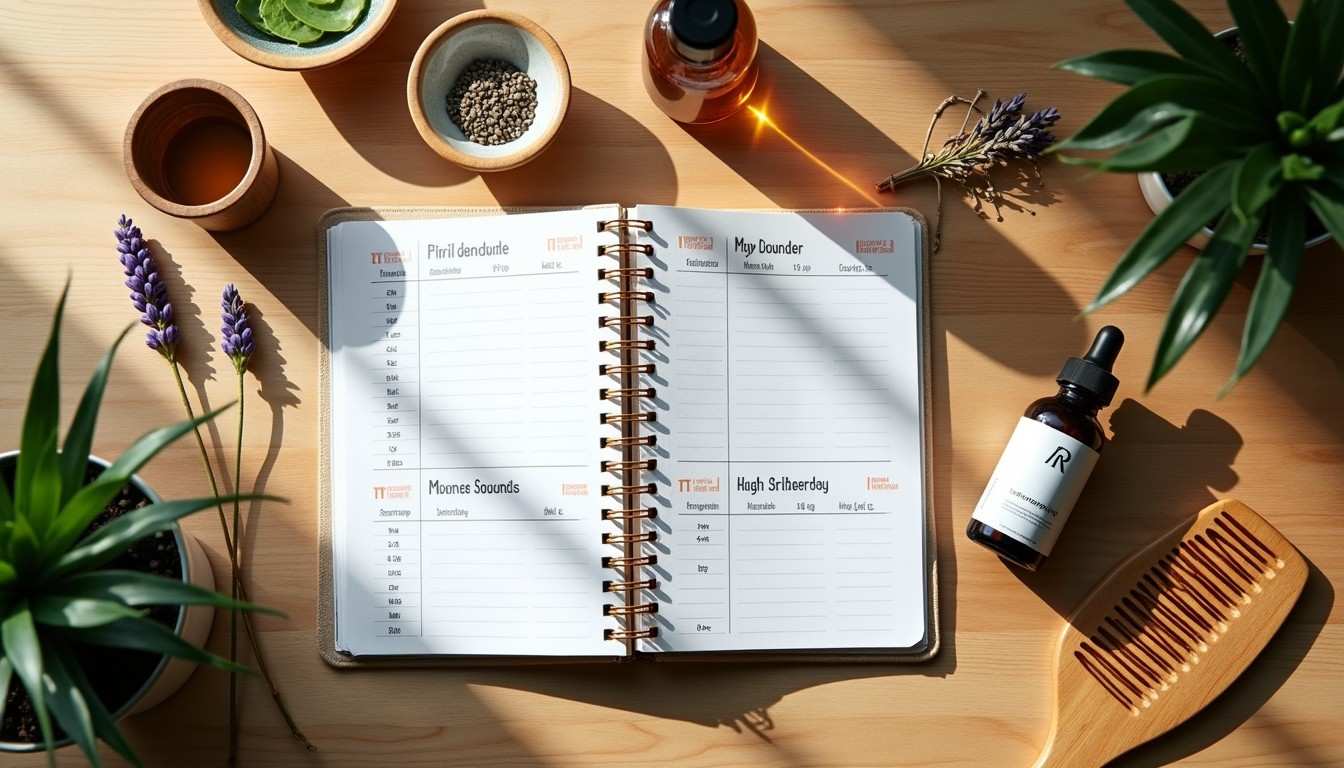
Just like your face needs a deep cleanse from time to time, your scalp also benefits from a regular detox. This isn’t about harsh treatments—it’s a gentle yet thorough way to reset your scalp and allow it to breathe.
Pollution, sweat, product buildup, dry shampoo residue, and excess oil can accumulate and clog follicles. Over time, this can lead to inflammation, dandruff, itchiness, and slowed hair growth. A weekly detox removes these impurities and gives your scalp a fresh start.
Look for scalp detox products that include:
- Charcoal or clay for drawing out impurities
- Salicylic acid for exfoliation
- Apple cider vinegar for balancing pH
- Witch hazel or tea tree oil for soothing and clarifying
Apply to the scalp before shampooing and leave it on for 5–10 minutes, then rinse and cleanse as usual. You’ll feel the difference instantly—your scalp will feel lighter, and your roots more refreshed.
For DIY lovers, a simple mix of ACV and water (1:3 ratio) can be sprayed onto the scalp before washing to break down buildup and restore shine. Just don’t overuse detox treatments; once a week is usually enough to maintain balance without drying out the scalp.
8. Myths About Scalp Care (Debunked)
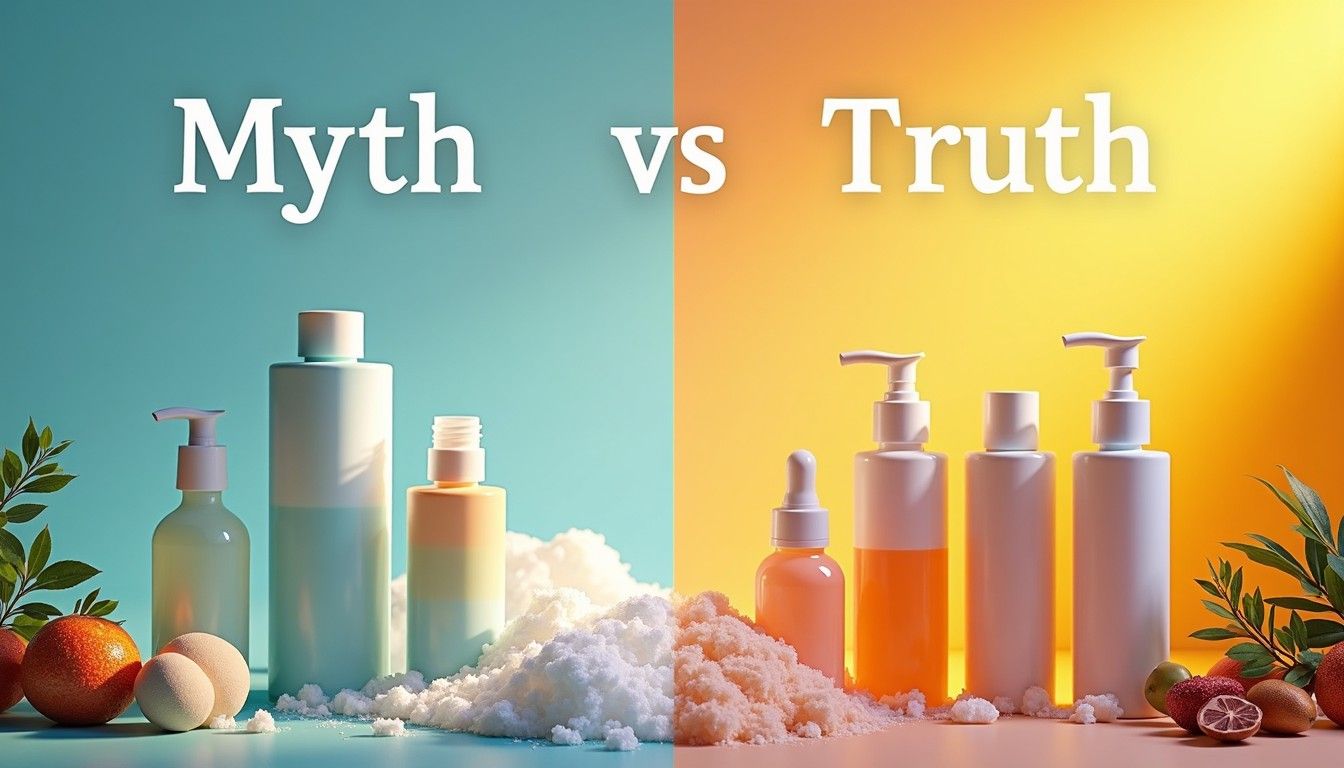
As scalp care becomes trendier, so do the myths surrounding it. Let’s clear the air on some of the most common misconceptions:
Myth 1: “Oily scalp doesn’t need moisturizing.”
Truth: An oily scalp can still be dehydrated underneath. When it lacks water, it overproduces oil to compensate. Lightweight hydration like aloe vera or hyaluronic acid serums helps rebalance oil levels.
Myth 2: “You only need scalp care if you have dandruff.”
Truth: Scalp care isn’t just for those with visible issues. Just like skincare, it’s about prevention and long-term wellness—not just fixing problems.
Myth 3: “Daily shampooing is best for scalp health.”
Truth: Over-washing strips your scalp of natural oils and can trigger more oil production or irritation. Aim for 2–3 times per week unless you sweat heavily or use a lot of product.
Myth 4: “Scalp oils cause buildup and clogged pores.”
Truth: It depends on the oil and how you use it. Non-comedogenic oils like jojoba or argan, used in small amounts and rinsed properly, nourish without clogging follicles.
The bottom line? Every scalp is different. Listen to yours, find what works for you, and don’t fall for one-size-fits-all advice. Science and consistency beat hype every time.
❓ Frequently Asked Questions (FAQs)
Q1. How often should I exfoliate my scalp?
A: 1–2 times per week is ideal. Over-exfoliating can lead to irritation and dryness. Use gentle exfoliants like salicylic acid or natural scrubs with soft particles.
Q2. Can I use face products like niacinamide or hyaluronic acid on my scalp?
A: Yes, many face-friendly ingredients are also great for your scalp. Hyaluronic acid, niacinamide, and aloe vera hydrate and soothe without causing buildup.
Q3. Will scalp oils make my hair greasy?
A: Not if used correctly. Apply lightweight oils (like jojoba or rosemary) in small amounts, focusing on the scalp and roots. Rinse well if using before shampooing.
Q4. I have dandruff—should I still follow a scalp routine?
A: Absolutely. Scalp care helps remove flakes, balance sebum, and calm inflammation. Look for ingredients like zinc pyrithione, tea tree oil, or ketoconazole.
Q5. Can scalp skinification help with hair thinning?
A: Yes. Improved circulation, hydration, and reduced inflammation from scalp rituals support healthier follicles and hair regrowth over time.
Q6. Is it safe to use scalp serums daily?
A: Most hydrating or growth-stimulating scalp serums can be used daily. But always patch test first, especially if you have a sensitive scalp or are using actives like caffeine or peptides.
Q7. Do I need different products for oily and dry scalp types?
A: Ideally, yes. Oily scalps benefit from balancing and clarifying treatments, while dry scalps need hydration and nourishment. Choose products tailored to your scalp’s current needs.
✅ Conclusion: Your Scalp Deserves Skincare Too
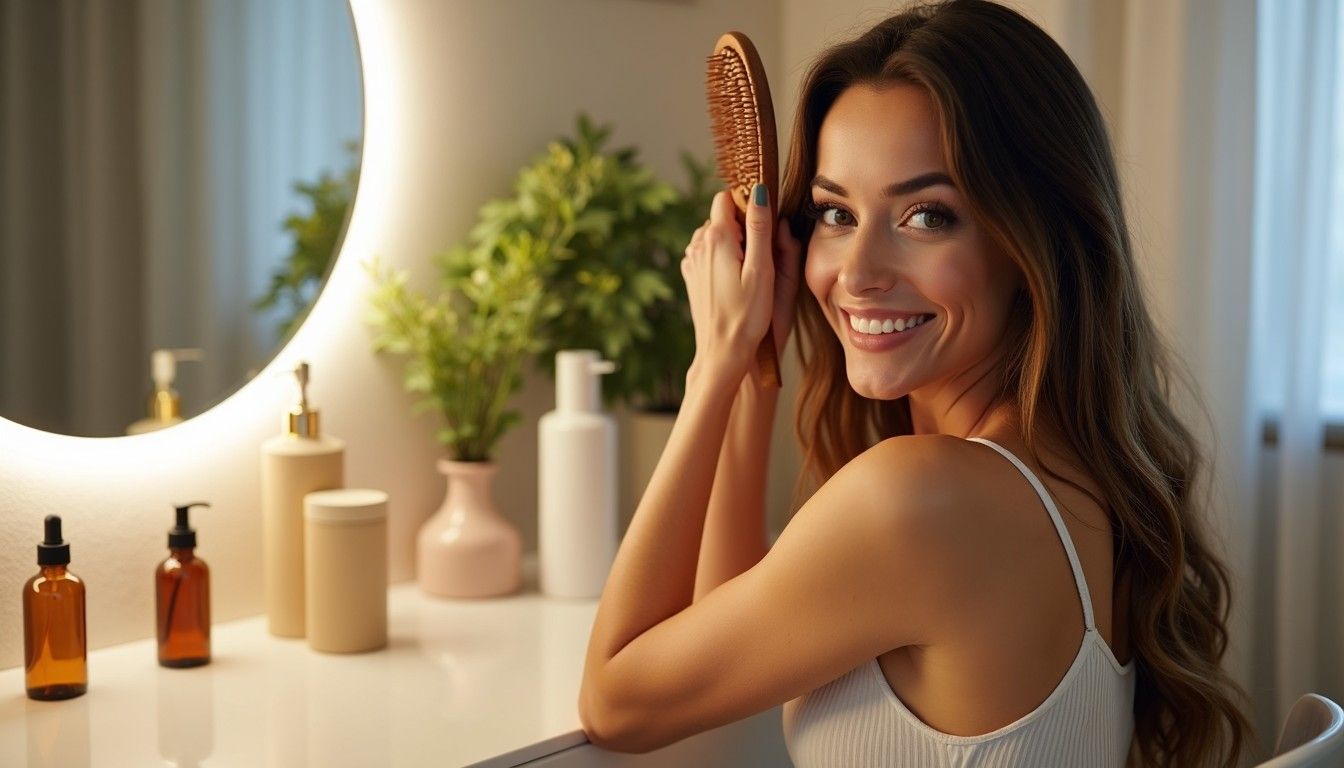
Gone are the days when scalp care was just an afterthought. In 2025, “skinification” of the scalp is the gold standard—and for good reason. Just like your face, your scalp thrives when given the right cleansing, exfoliating, nourishing, and moisturizing rituals.
A healthy scalp leads to stronger, shinier, and faster-growing hair. Whether you’re struggling with dandruff, hair fall, or dull strands, these scalp-care routines can completely change your hair game over time.
The key is consistency. You don’t need a 10-step ritual every day—just small, smart changes. Choose the right products, avoid harsh ingredients, and treat your scalp with the same love you show your Skin.
So go ahead—scrub, tone, oil, and massage your way to hair that turns heads. Because when your scalp glows, your hair follows.





